California is one of the most hydrologically altered landscapes in the world. As water becomes ever more scarce and the human population continues to grow, that vast engineered system strains to meet the needs of people let alone the needs of nature.
Water rights allocations far exceed actual surface water supply, and millions of wells tap groundwater to meet the increasing demands of farms and communities. As groundwater reservoirs are depleted they can in turn reduce surface flows – exacerbating a vicious cycle in which people and nature both lose. Rivers, wetlands and groundwater-dependent ecosystems are caught in this struggle for an increasingly limited resource. Nearly half of California’s roughly 4,000 freshwater species are considered vulnerable to extinction. Of the taxa that are found nowhere but California – our endemic freshwater biodiversity – 90 percent are at risk.
But there is hope. While it is impossible to return natural flows to most of California’s rivers and streams, we can – through science, technology, and innovative market tools – endeavor to deliver water when and where nature needs it most.
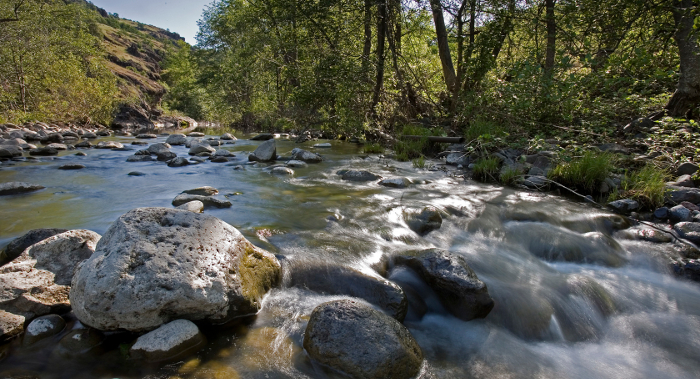
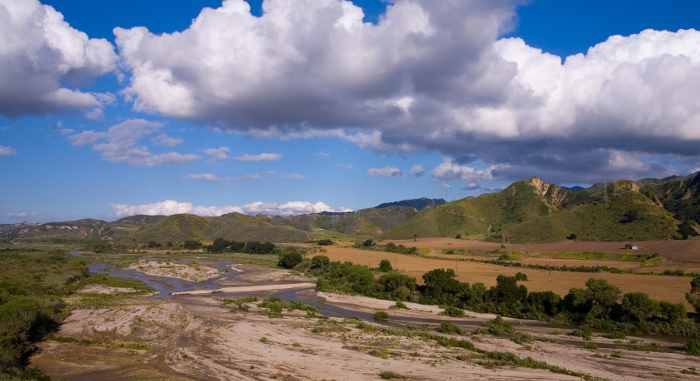
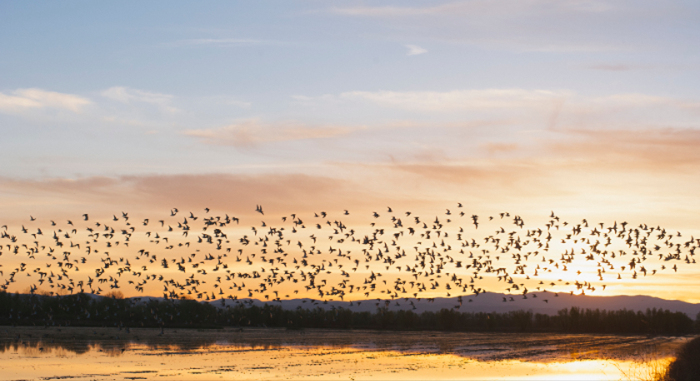
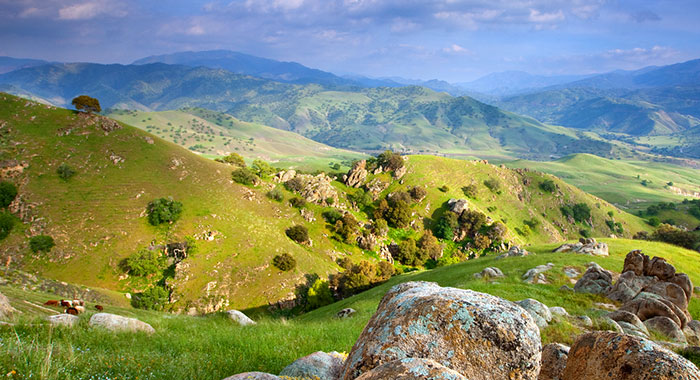

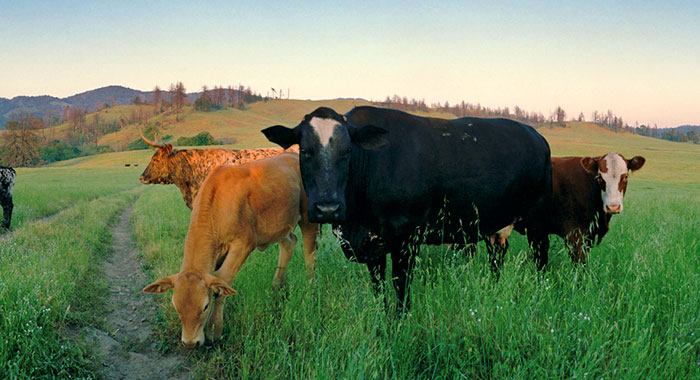
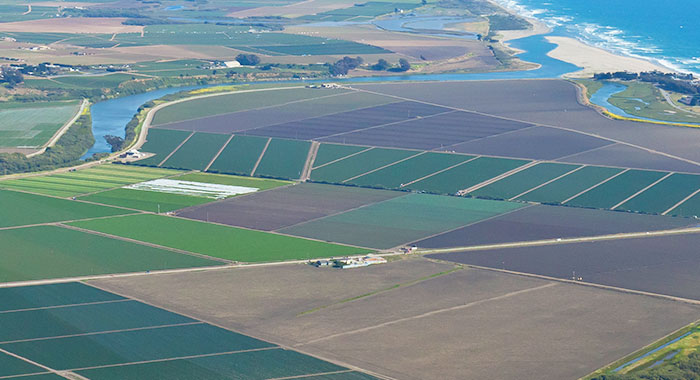

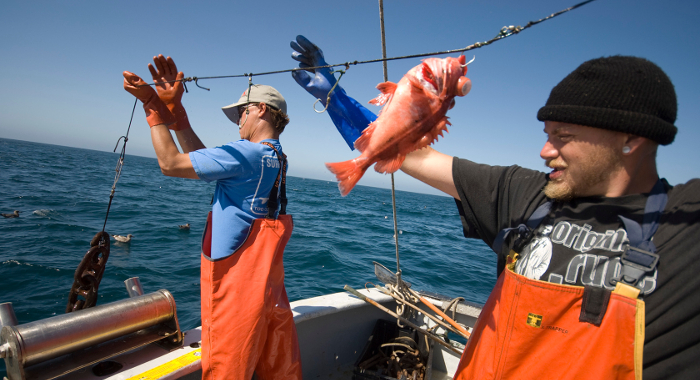

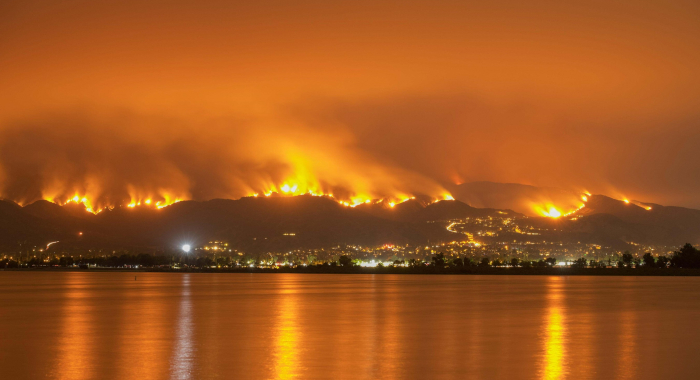
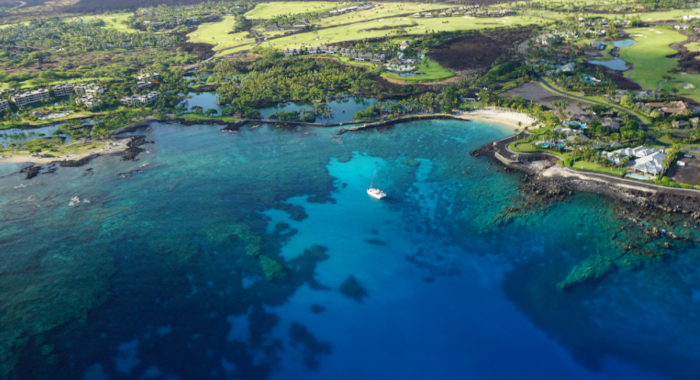
Jeanette K. Howard, Kurt A. Fesenmyer, Theodore E. Grantham, Joshua H. Viers, Peter R. Ode, Peter B. Moyle, Sarah J. Kupferburg, Joseph L. Furnish, Andrew Rehn, Joseph Slusark, Raphael D. Mazor, Nicholas R. Santos, Ryan A. Peek, Amber N. Wright
Freshwater ecosystems are in peril globally. Threats to freshwater biodiversity are numerous and include habitat degradation, pollution, overexploitation, dam construction, species invasion, and…Prepared by Andrew Zdon & Associates Inc. for Transition Habitat Conservancy, The Bureau of Land Management, and The Nature Conservancy
The Mojave Desert within California, which spans four counties, exists as one of the most important ecological regions in the southwestern United States. Both the groundwater and surface water in the…Sophie S. Parker, Jim Moore, Leonard Warren
The 185 mile-long Amargosa River, one of only two rivers with perennial flow in the California portion of the Mojave Desert, is fed by an ancient groundwater aquifer. The river provides habitat for…The Conservancy’s Omniscape tool provides a connectivity roadmap for plants and animals that need to adapt as the climate warms.
Alexander C.A.D., F. Poulsen, D.C.E. Robinson, B.O. Ma , R.A. Luster
Management of the Sacramento River and Sacramento–San Joaquin Delta is one of California’s greatest challenges, requiring trade-offs between valued components that serve a multiplicity of…Jono R. Wilson, Serena Lomonico, Darcy Bradley, Leila Sievanen, Tom Dempsey, Michael Bell, Skyli McAfee, Christopher Costello, Cody Szuwalski, Huff McGonigal, Sean Fitzgerald, Mary Gleason
Climate change is amplifying threats to ocean ecosystems and marine fisheries worldwide. In order to respond appropriately in the face of these ocean changes, commercial and recreational…Seth P. D. Riley, Trish Smith, T. Winston Vickers
Freeways are barriers to wildlife passage and gene exchange. In Southern California, mountain lion movement has been severely restricted due to this infrastructure. As a result, the mountain…Aburto-Oropeza, O., M. Edwards, S. Butterfield, and 93 additional authors
The U.S. and Mexico face many shared ecological changes due to the increased frequency and severity of droughts and rising energy demands; trends that entail economic costs for both nations and…Parker, S.S., B.V. Brown, B.S. Cohen, N.S. Fraga, J.J. Knapp, Z. Principe, J. Moore, G.B. Pauly, J.M. Randall, T.A. Wake
A bioblitz is a collaborative, rapid field assessment that takes place in a given location over a short period of time. This paper discusses how bioblitz events involving experts are being used to…Wilson J. , McGonigal, H., Dempsey, T., Gleason, M., Rienecke, S.
Fisheries management in California is a complex, resource intensive process that is limited by funding and staff capacity. In this report, Conservancy scientists and colleagues identify ways in which…Rohde, M.M., S. Matsumoto, J. Howard, S. Liu, L. Riege, E.J. Remson
California's Sustainable Groundwater Management Act (SGMA) of 2014 is landmark legislation that empowers local agencies, known as groundwater sustainability agencies, to sustainably manage…Justine E. Hausheer, Mark D. Reynolds, Greg Golet
Gregory H. Golet, Candace Low, Simon Avery, Katie Andrews, Christopher J. McColl, Rheyna Laney, Mark D. Reynolds
Migratory birds face great challenges due to the climate change, conversion of historical stopover sites, and other factors. To help address these challenges, the Conservancy launched a dynamic…H. Scott Butterfield, Rodd Kelsey, Abigail Hart, Tanushree Biswas, Mark Kramer, Dick Cameron, Laura Crane, Erica Brand
California's Sustainable Groundwater Management Act (SGMA) established a framework for sustainable, local groundwater management. SGMA requires groundwater-dependent regions to…Parker, S.S., B.S. Cohen, N. Fraga, B. Brown, J. Cole, W. Chatfield-Taylor, K. Guadalupe, G.B. Pauly, D. Cooper, M. Ordeñana
In 2017, The Nature Conservancy co-organized an “Expert BioBlitz” to explore a 26-mile stretch of the Wild and Scenic Amargosa River, located in the heart of the Mojave Desert. The event…Energy+Environmental Economics for The Nature Conservancy, Arne Olson, Doug Allen, Vivian Li, Emily Leslie
California leads the nation in the transition to a clean energy economy. However, current transmission planning processes limit development of new renewable resources. This report (slide deck),…